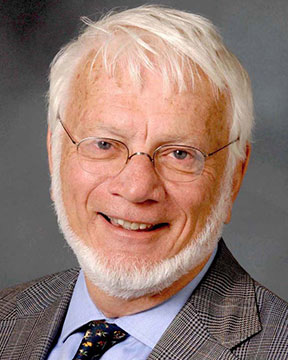ORALS
SESSION: MoltenMonPM1-R3
| Fehrmann International Symposium on Sustainable Molten Salt and Ionic Liquid Processing (6th Intl. Symp. on Sustainable Molten Salt and Ionic Liquid Processing) |
| Mon Nov, 5 2018 / Room: Bossa (150/3rd) | |
| Session Chairs: Peter Wasserscheid; Session Monitor: TBA |
14:50: [MoltenMonPM107]
Switchable Aqueous Pentaethylenehexamine for CO<sub>2</sub> Capture Santosh
Khokarale1 ;
Jyri-pekka
Mikkola2 ;
1Chemistry Department, Umeå University, Umeå, Sweden;
2Abo Akademi University, Turku, Finland;
Paper Id: 180
[Abstract] Carbon dioxide (CO<sub>2</sub>) concentration in the atmosphere surpassed the 400 ppm milestone in 2016 [1], approximately 120 ppm higher compared to the pre-industrial era. Along with the significant increase in the CO<sub>2</sub> level during the past decades, the human race has witnessed unprecedented climate change [2]. Therefore, it is necessary to find an efficient solution for capturing CO<sub>2</sub> from flue gases, in order to cut down anthropogenic CO<sub>2</sub> emissions. There is an increasing interest in polyamines, because they possess multiple reactive sites for high CO<sub>2</sub> uptake capacity, high thermal stability, as well as lower toxicity compared to the today's alternatives. Polyamines have the potential to improve the CO<sub>2</sub> loading, CO<sub>2</sub> absorption rate, and has a lower energy penalty [3, 4]. <br /> A reversible CO<sub>2</sub> uptake study was performed in neat pentaethylenehexamine (PEHA) and its aqueous solutions, and the performance was compared with industrially applied aqueous solution of monoethanolamine (MEA). Simultaneously, the relative amount of CO<sub>2</sub> chemisorbed chemical species, such as carbamates/(bi)-carbonates forming, was studied using NMR analysis and a calculation method introduced by Holmes et al. [5]. Furthermore, the CO<sub>2</sub> capture capacity of the solvents, correlated with their respective Kamlet-Taft polarity parameters, and the system were modelled with Linear Solvation Energy Relationship (LSER) approach. <br />It was observed that CO<sub>2</sub> capture capacity, as well as the nature of chemical species were influenced by water. The LSER calculations represented that amongst the studied Kamlet-Taft parameters, the CO<sub>2</sub> capture capacity merely depends on hydrogen bond acceptor ability (beta) and polarizability (pi). Upon the thermal regeneration study, the pure PEHA was obtained from CO<sub>2</sub> saturated reaction mixture at 120°C. Considering the high CO<sub>2</sub> absorption capacity and very low evaporation rate during regeneration compared to aqueous solution of MEA, PEHA can be used as a sustainable solvent for CO<sub>2</sub> capture in large-scale flue gas cleaning processes.
References:
[1] E. Dlugokencky, P. Tans, NOAA/ESRL (www.esrl.noaa.gov/gmd/ccgg/trends/).
[2] R. A. Kerr, Science 316 (2007), 188-190
[3] Y. E. Kim, S. J. Moon, Y. I. Yoon, S. K. Jeong, K. T. Park, S. T. Bae, S. C. Nam, Separation and Purification Technology 122 (2014) 112-118
[4] P. Muchan, J. Narku-Tetteh, C. Saiwan, R. Idem, T. Supap, Separation and Purification Technology 184 (2017) 128-134
[5] P. E. Holmes II, M. Naaz, B. E. Poling, Ind. Eng. Chem. Res. 37 (1998) 3281-3287



















